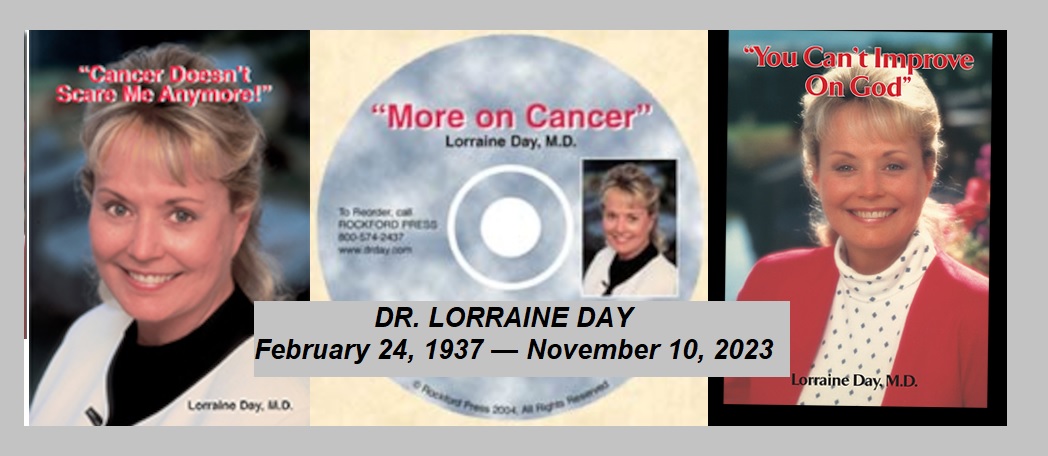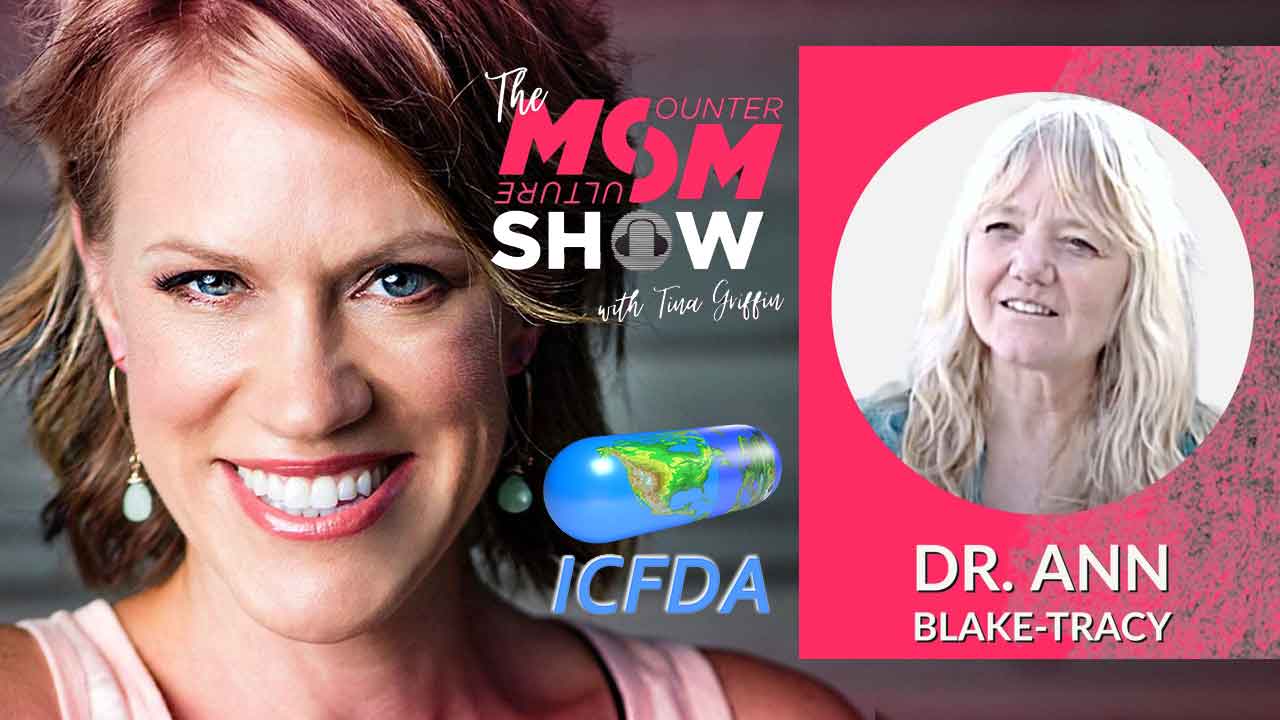Once again Kelly O’Meara has written an incredible article. This time the
subject is the absurdity of the PMDD diagnosis and the prescribing of Prozac
repacked and renamed as “Sarafem” for that “disorder.” We have included the
first several paragraphs for you and encourage you to go to the Insight
Magazine sight to read the rest.
The article gives much insight into the lengths to which Lilly will go to
cover up the fact that Prozac and Sarafem are one in the same drug.
Apparently as long as they do not admit it publicly it is not reality?
Ann Blake-Tracy, Executive Director,
International Coalition for Drug Awareness
http://insightmag.com/archive/200104301.shtml
InsightMag.com
——————————————————————————
Misleading Medicine
——————————————————————————
By Kelly Patricia OMeara
komeara@…
——————————————————————————
Pharmaceutical giant Eli Lilly is promoting Sarafem as a miracle pill for
women suffering from PMDD, a mental disorder not yet proved to exist.
Whats more, Eli Lilly admits that Sarafem has the same active ingredient as
Prozac, complete with the same dangerous side effects.
Australian-born singer Helen Reddys 1972 hit song I Am Woman has been
called a feminist battle hymn. Many a male disc jockey at the time refused to
air it until the song became part of the soundtrack to a movie and catapulted
to the top of the Billboard charts. Taking a look at the song today, its
hard to imagine the furor generated by the lyrics from the lady down under:
Oh, yes, I am wise, but its wisdom born of pain.
Yes, Ive paid the price, but look how much I gained.
If I have to I can do anything.
I am strong. I am invincible. I am woman.
Nearly three decades since the release of this feminist anthem the
lyrics neither threaten nor offend if they ever did but seem to
acknowledge pride in feminine strength. As if it needed to be said,
historians agree on the significance of women in the building of this nation.
The Jamestown settlement, for instance, was a disaster and on the brink of
failure until women were added to the new colony. The West was won by men and
women working side by side, and the United States triumphed over its enemies
in World War II with the help of nearly 500,000 women in the ranks and
millions more in the factories.
Not surprisingly, women achieved these feats completely unaware that a
few days out of each month they were suffering from a mental disorder. Thats
right. The Food and Drug Administration (FDA) recently approved the use of
Sarafem (fluoxetine) for women suffering from a mental disorder just three or
four days a month in the luteal phase or just before the onset of
menses.
This mental disorder which the American Psychiatric Association
(APA) has not yet accepted, but which is listed in the appendix of the APAs
Diagnostic and Statistical Manual of Mental Disorders (DSM-IV) is called
premenstrual dysphoric disorder, or PMDD. Its a new-and-improved version of
premenstrual syndrome (PMS), which also has not made it to the hit parade of
the official APA list of mental illnesses. The fact that PMDD is listed only
in the diagnostic manuals appendix reflects the APAs desire for further
research before accepting it as a full-fledged mental disorder.
According to the DSM-IV and the FDA, a woman must experience five or
more symptoms before the diagnosis can be made. The unofficial mental
disorder is said to be characterized by the following symptoms:
Markedly depressed mood
Marked anxiety
Marked affectivity
Decreased interest in activities
Feeling sad, hopeless or self-deprecating
Feeling tense, anxious or on edge
Persistent irritability, anger and increased interpersonal conflicts
Feeling fatigued, lethargic or lacking in energy
Marked changes in appetite
A subjective feeling of being overwhelmed or out of control
Physical symptoms such as breast tenderness, swelling or bloating.
Eli Lilly and Co., the Indianapolis-based pharmaceutical company that
makes Sarafem, has been marketing the new treatment with such gusto that
there are jokes about the company exhibiting obsessive-compulsive disorder.
It seems there isnt a magazine to be picked up or a channel to be surfed
that isnt running a Sarafem advertisement.
These ads show women expressing many things. One TV spot depicts a
woman trying to button her slacks and looking angry and agitated. Another
scene shows a woman snapping at her husband, Just leave me alone, while
still another involves a woman slumped on the couch sobbing. Then there is
the slogan: Sarafem More like the woman you are.
Lilly reports in its ads that now, Doctors can treat PMDD with
Sarafem the first and only prescription medication for PMDD. The ad
further states that, Sarafem contains fluoxetine hydrochloride, the same
active ingredient found in Prozac. But both Sarafem and Prozac are
fluoxetine hydrochloride. According to Laura Miller, marketing associate for
Eli Lilly, Fluoxetine hydrochloride is the same active ingredient in Sarafem
as in Prozac. Again and again Insight asked, Then is it the same thing?
Again and again Miller only repeated that the two identical doses of
fluoxetine hydrochloride have the same active ingredient.
Miller refused to acknowledge that Sarafem is just Prozac repackaged,
or that the pill color was changed from green to feminine pink and lavender
to market it for a not-yet-approved mental disorder that never before
existed. The Lilly representative did say the difference in the treatments is
in how women react to the drug.
Never mind that all this dramatic hype, supported by millions of
dollars in marketing, has occurred just before Lilly loses its exclusivity on
Prozac in August. . . . to finish article go to:
http://insightmag.com/archive/200104301.shtml



